
Perhaps the most intriguing project of the year thus far that melds alternative rock-pop music with risk-taking moviemaking is The Pink Chateau by In the Valley Below.
Written, recorded and performed by Angela Gail and Jeffrey Jacob, the group’s dynamic duo/real-life couple, The Pink Chateau isn’t just an 11-song album, a nonstop concert production or a 50-minute film. It’s all three, plus an experimental exploration into the psyche of two creative souls who almost gave up on music a few years ago after initially moving separately to Los Angeles to “follow our dreams”.
Jacob originally hails from Memphis, Tennessee, and Gail grew up in Muskegon, Michigan, so their musical convergence was a serendipitous twist of fate.
They met in L.A. and spent several years there working in restaurants and playing in bands such as Sabrosa Purr. On the verge of quitting the music business, “I got pregnant [with their first child],” Gail said in an email interview with PopMatters ahead of the April 26 release of the record and the film, which opens the same day as an official selection at this year’s Newport Beach Film Festival. (An extensive Q&A about the project appears below.)
“But somehow that’s when our luck changed,” Gail added. “We got a record deal [with Capitol Records], and our song ‘Peaches’ was on the alternative charts. We haven’t stopped since. We recently left L.A. and moved to Grand Rapids, Michigan. We built a studio in the basement of our 100-year-old house. This is where we recorded our new album.”
The stunning recording of The Pink Chateau, which they also produced (with the exception of late addition “Rise”), is their long-awaited full-length follow-up to 2014’s The Belt, which was praised in a PopMatters review that year for “that male-female interplay that makes their brand of dark pop so affecting”.
The new album carries those qualities, too. Gail’s soothing synths and Jacob’s blistering electric guitar licks take tracks such as “Hold on Tight”, “Break Even”, and “Brass Ring” to triumphant levels. Then there’s “Bloodhands (Oh My Fever)”, with power-pop vocals and instrumental deliveries reminiscent of Eurythmics or INXS, but it plunges deeper and darker than typical chart-topping material.
Made in the aftermath of the 2014 protests in Ferguson, Missouri, as race relations deteriorated following the shooting of a black teen by a white police officer, Gail said in the group’s bio, “It’s a challenge to write a song like that. We don’t want to be preachy, because we don’t have all the answers.
“All we can do is say something from our perspective. Bring awareness. Some change has come, but then so often we lose all this momentum — we are trying to be blood brothers. Our blood is the same. It’s infuriating, and painful to see people treated differently because of their skin color.”
The fact that they performed all 11 of these album tracks (some of which appeared on the 2017 Elephant EP) live in succession during the screening of a daring, dialogue-free film (billed accurately as “a sensual and intimate adventure”) is remarkable enough. But hearing through glowing headphones a different song for each chapter as the film’s only audible accompaniment in an otherwise quiet theater made this an intense yet scintillating event.
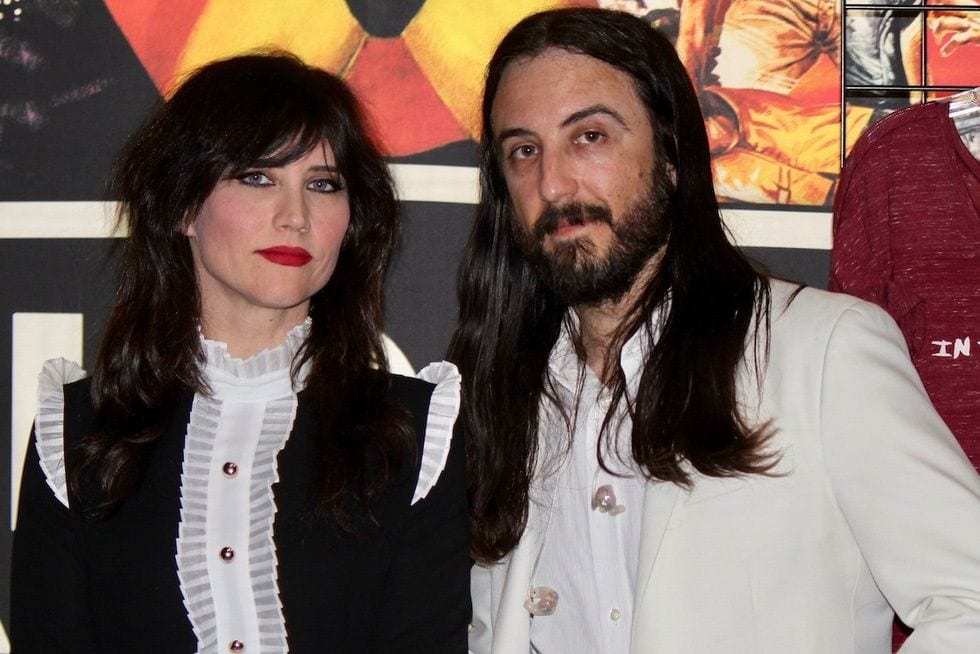
Gail wrote the film (initially screened at “a multi-room, multi-sensory L.A. release event” on March 28), and shared directing duties with her friend Marcos Efron, who was born in Argentina, raised in Houston and graduated from the University of Texas at Austin. She went beyond the one-sentence plotline — “A young woman (Maggie Hall) follows a beautiful stranger on a bicycle into the countryside” — to explain the feeling behind a cinematic presentation that — despite an abundance of full female frontal nudity — was tranquil and tasteful. Gail and Jacob also appear in the film — both fully clothed.
“It’s a story of sexual discovery and freedom from taboo,” Gail said in a press release. “It’s a fantasy of an inviting place where female sexuality is a beautiful curiosity and not a shameful secret — free from the story of the woman being a slut or victim if she is sexual.”
Having received a sneak peek of The Pink Chateau ahead of its screening at Alamo Drafthouse’s Sloans Lake location in Denver on 20 April, I was more focused on the aspects of In the Valley Below’s performance. How could they possibly stay in sync with what was on screen without seeing the scenes behind them?
That sight-sound fulfillment was particularly important after listening multiple times to what’s essentially the film’s must-have soundtrack. Seeing the Who’s rock opera Tommy isn’t complete if you don’t buy the record, right?
Other than a few childish giggles heard among the crowd (and there did seem to be a couple of intentionally comical moments), there was rapt attention throughout the filled theater in Denver. So much so that I had to resist the urge to stand up and clap at the end of most of the musical numbers.
Gail, who at one point appeared to be playing the keyboards with one hand behind her back while thumping the bass with the other, did apologize for some slight buzzing at the end of one chapter that briefly interrupted the momentum. Overall, though, the duo’s stage and double screen feature was a classy act. In the Valley Below deserve a standing ovation, and should take a bow for their peak performance.
Now it’s time to book a room at The Pink Chateau.
Q&A with In the Valley Below’s Angela Gail and Jeffrey Jacob
Questions about the project were emailed following the April 20 presentation at Alamo Drafthouse Sloans Lake. The couple was given the option to provide answers together, separately or do a little of both:
So what came first: the idea for the film or the album?
Angela: The album was 90% finished when we started the film. The song “Rise” was the only one added later. Jeffrey and I couldn’t agree on how to produce that song, so it’s the first time we worked with an outside music producer — Dave Sitek of TV on the Radio.
This is quite an ambitious project to take on: How does this artistic achievement compare to anything else you’ve done previously?
Angela: Making this film was a lot of hard work and many sleepless nights. It has been very rewarding, though, to share something that I saw only in my mind with an audience.
How many of these shows in conjunction with the film do you have planned? Will the film be released in other theaters besides Alamo Drafthouse and at festival appearances?
Angela: We are playing 10 shows altogether, seven with Alamo Drafthouse. Who knows, we may add on more. The film will be available to stream on Vimeo on April 26.
How did Alamo Drafthouse get involved?
Angela: Our team reached out to them. They are known for doing more than just the mainstream movie screenings. They have been a great partner in all this. All the staff has been just a pleasure to work with.
Some of the songs — such as “Bloodhands (Oh My Fever)”, “Hold on Tight”, “Break Even”, “Elephant” — were written/recorded before this project, correct? How were they incorporated into (the film) The Pink Chateau?
Angela: All the songs were written before the film idea ever came about. When the film project came along, I had to tie them together with a story.
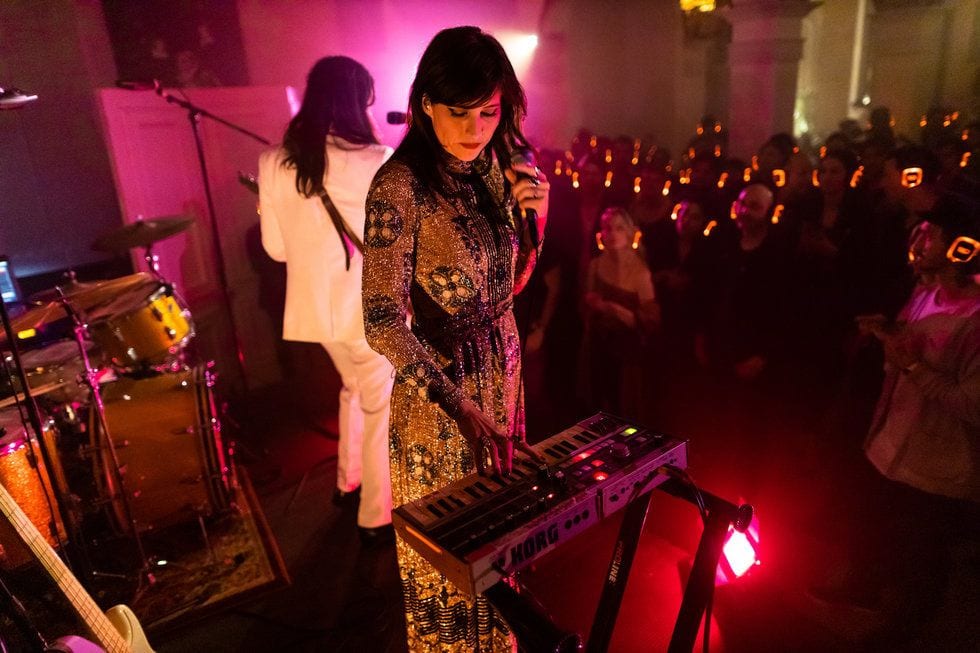
Who came up with the concept to combine the two artistic enterprises into one project, and release the film and the album at the same time? Have you seen anything like this done before in the art-rock world beyond a long-form music video, and, if so, was there a particular example that impressed you?
Angela: Tiffanie DeBartolo, the head of our record label [Bright Antenna], came up with the idea to make a film. We embraced it. The idea of the story came to me quickly. I sent over a treatment to our label, and everyone loved it. We’ve never seen anything quite like this, so we had no preconceived notion of what it should be.
What concerns did you have that one aspect of this presentation would upstage the other?
Jeffrey: During these live screenings, we want to make sure that people get to really immerse themselves in the whole experience, that’s why the headphones are so important. We hope that seeing the film will help people connect to the music, maybe in ways that they wouldn’t have if they hadn’t seen the film.
How much rehearsing did you have before this tour and what problems did you foresee in trying to keep your playing in sync to each of the film’s chapters?
Jeffrey: We rehearsed for a couple of weeks before we left. Half of the songs we had played live before and the other half we had to work out. There is a countdown on screen in the beginning that we sync ourselves up to for the rest of the film.
Other than the one sound glitch in Denver, the performance seemed fairly seamless. Who is your technical director during the live shows and what is his role in keeping everything on track?
Jeffrey: Our front of house engineer is Peter Fox. He mixes the sound as we go and makes sure the levels of our vocals and instruments and samples all meld well together for each song. Sometimes we sing louder and play harder. He keeps it all evened out and mixed for the headphones.
How much pre-recorded music/ambient sound was created for the performance?
Jeffrey: We used some pre-recorded samples from our album tracks for the music and some interstitial sounds from the film, like birds, wind, clock ticking, etc. We didn’t have to record anything new for the tour.
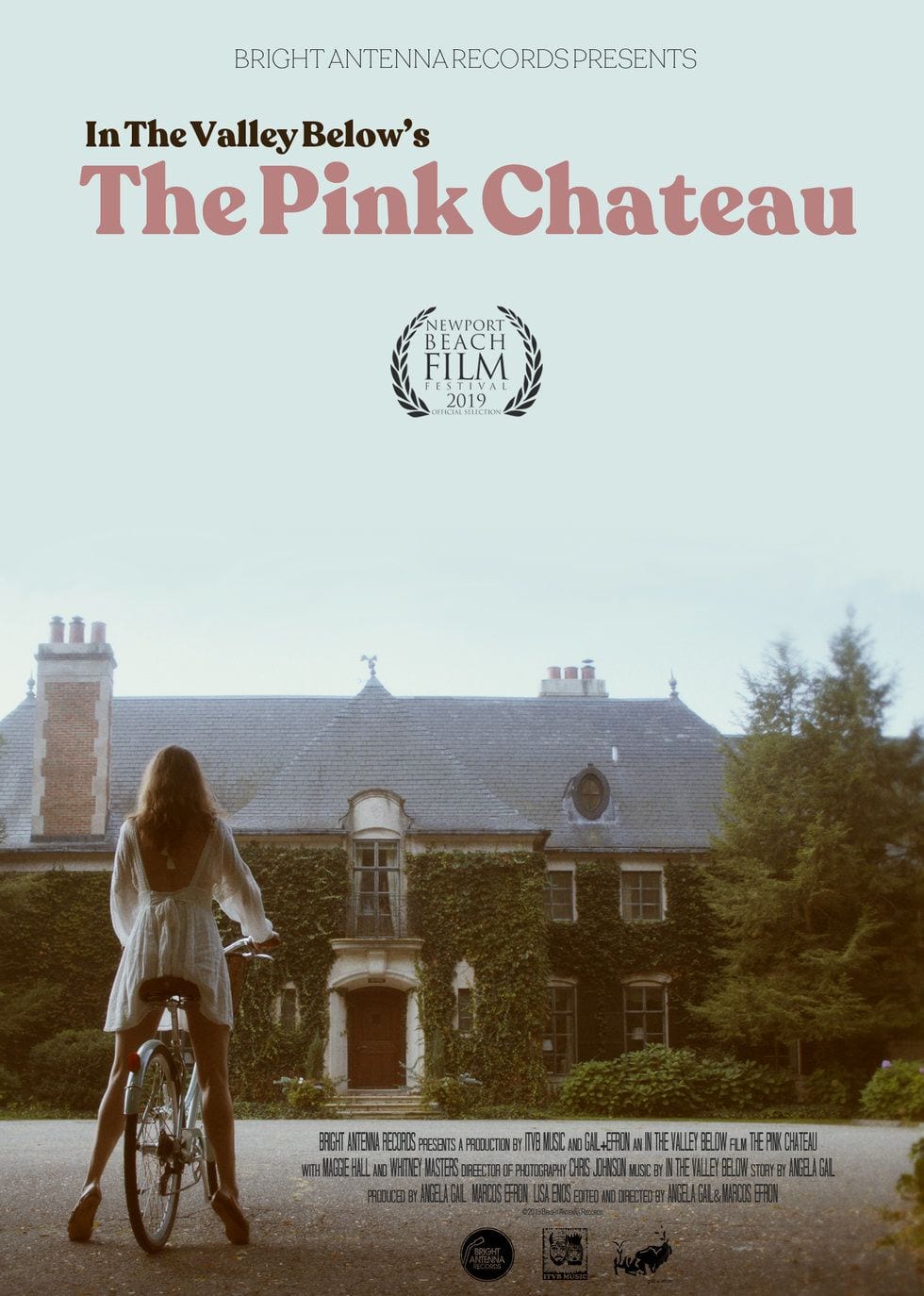
How difficult is it to sing and play without basically stopping for about 50 minutes? What difficulties did the mile-high altitude in Denver present, if any?
Jeffrey: Well, we do notice it’s a little harder to hold the long notes when singing in Denver. We were nervous about performing the entire record right into the listeners’ ears perfectly every night, but with a lot of practice, we got it to where we want it to be, and the feedback has been great.
Angela, what motivated you to make the movie? What previous experience/education did you have in filmmaking (besides music videos)?
Angela: I wanted the challenge of doing something new and different with the album. I had no filmmaker training besides hands-on work on set and experimenting on my own with music videos. I brought on my friend Marcos Efron, who has made a feature film, to co-direct/and co-produce. He had a lot of knowledge of filmmaking and taught me a lot.
Jeffrey, other than your acting contribution and your musical role, what feedback/assistance did you provide during the making of the film? Or did you just try to stay out of Angela’s way?
Jeffrey: I stayed out of her way. (And kept her alive during her endless work days.)
You both appear about halfway through the film. How enjoyable/challenging was the acting experience, how does it compare to performing musically and would you like to do more in the future?
Angela: It was challenging because I can’t see what’s happening on camera. I had to let go and trust our [Director of Photography] Chris Johnson and Marcos. I prefer the intense energy of performing live.
Jeffrey: I don’t really like acting, so I don’t need to do it anymore.
Angela, how challenging was it to direct your musical partner, or was that responsibility left in the hands of your co-director (Marcos Efron)? Who is better at taking direction — you or Jeffrey?
Angela: Haha, it’s probably more challenging for Jeffrey because I can be a little bossy sometimes. I also studied acting growing up. It was pretty easy in this case, though, because we just had to be ourselves.
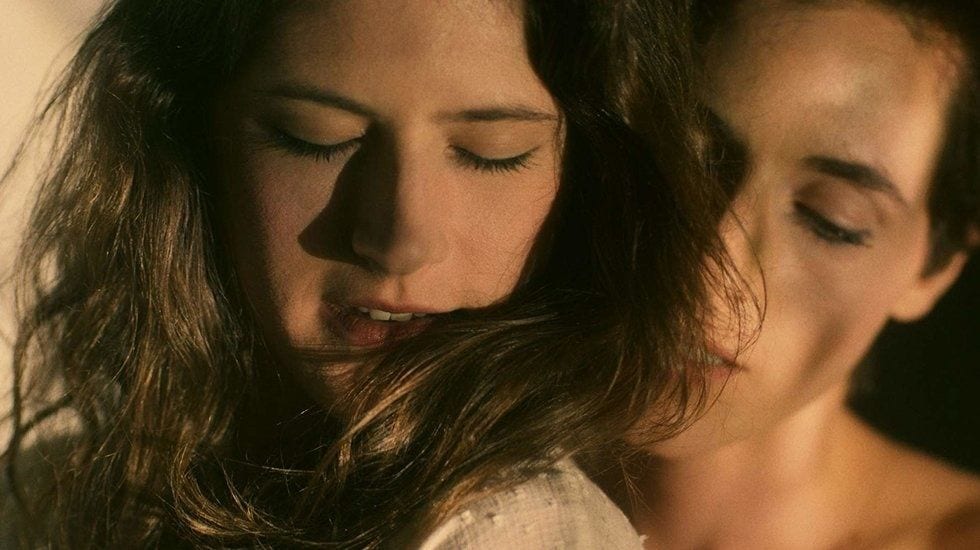
When and where was the film shot and how long did it take to complete? What funny anecdote can you share about the experience?
Angela: We shot the film in Battle Creek, Michigan, at a bed and breakfast called Greencrest Manor. It took five days to shoot. We had some funny moments with props. Everyday was crazy with no time to spare. I needed fresh oysters for a scene, and the set dresser brought me frozen stuffed clams! At the time it was frustrating and caused production delays. But now we laugh about it.
Where did you find the actors (particularly Maggie Hall, the Girl in White), and who among them have acted previously?
Angela: I found them through the usual casting services, Backstage and Breakdown. They all have acting experience. Maggie’s personality was just right for the character. Her and Whitney Masters (whose character’s name was the Obsession) came to the audition together from Chicago and already had great chemistry.
What kind of feedback have you received about the film from anyone who attended a screening, and if there has been any criticism regarding the sexual content, how have you handled that?
Angela: There has been no criticism, at least that I’ve heard. We were sure to let people know there is nudity and sexual content and that it’s for mature audiences only. Some feedback I’ve heard is that it is refreshing to see people comfortable in their natural state. I wanted to be sure this was shown from the feminine perspective. We’re not showing naked women for men’s pleasure. The women are sexual because it’s natural, not because they are sluts or victims. It’s not a very American perspective in general. I was going for a French vibe.
If you had to choose between music-making and filmmaking for the rest of your lives, which would it be (and why?)
Music. Because we get to connect with people in a soulful way. Because we can sing a song over and over again and let our feelings out. Because we can do it whenever and wherever we want.

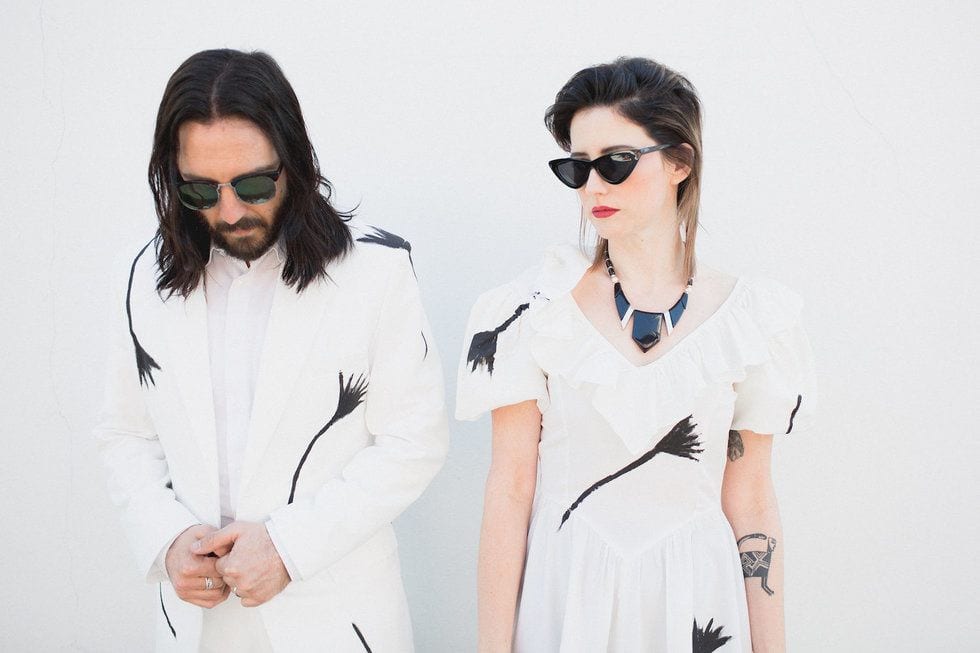
![Call for Papers: All Things Reconsidered [MUSIC] May-August 2024](https://www.popmatters.com/wp-content/uploads/2024/04/all-things-reconsidered-call-music-may-2024-720x380.jpg)



